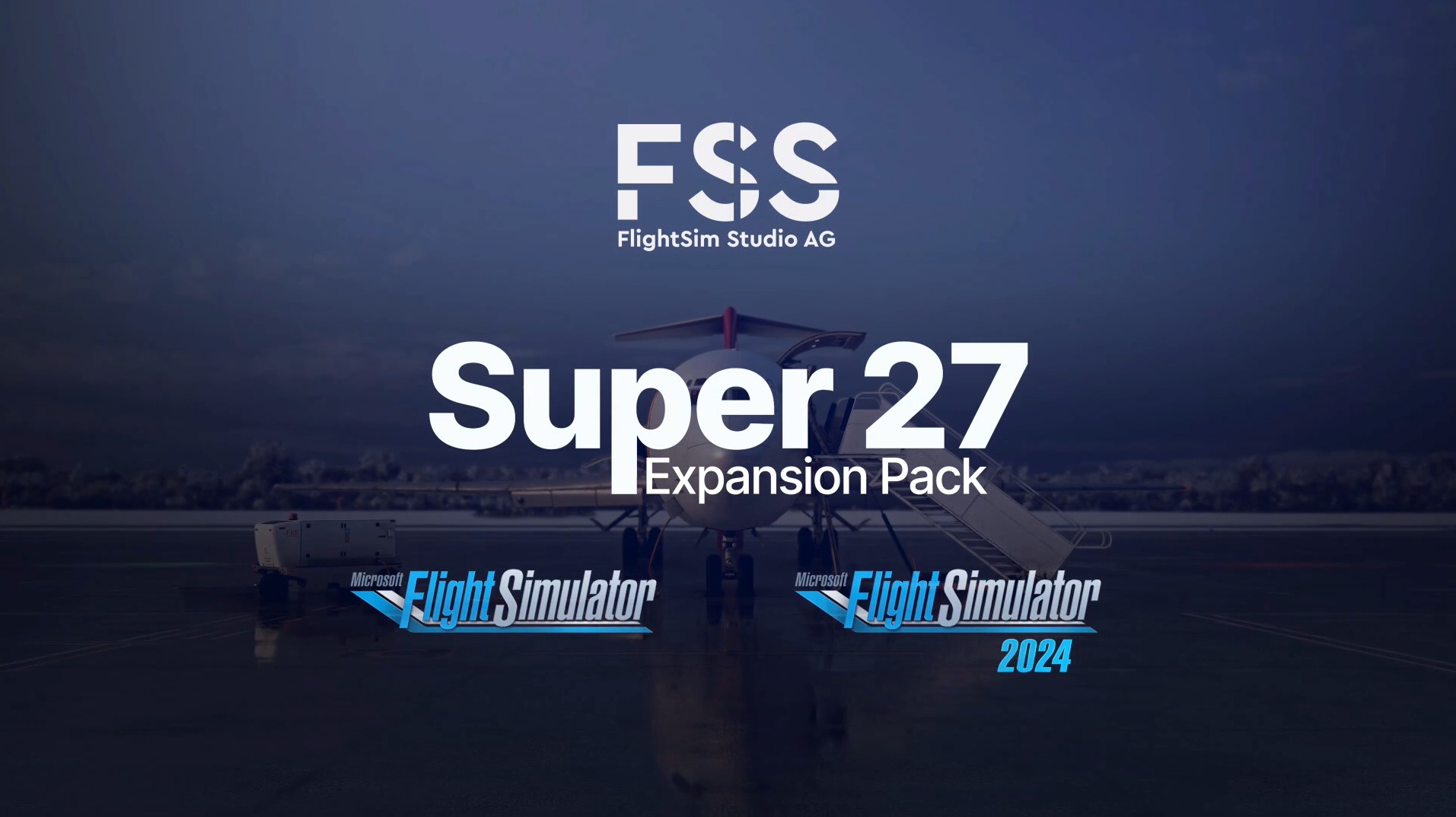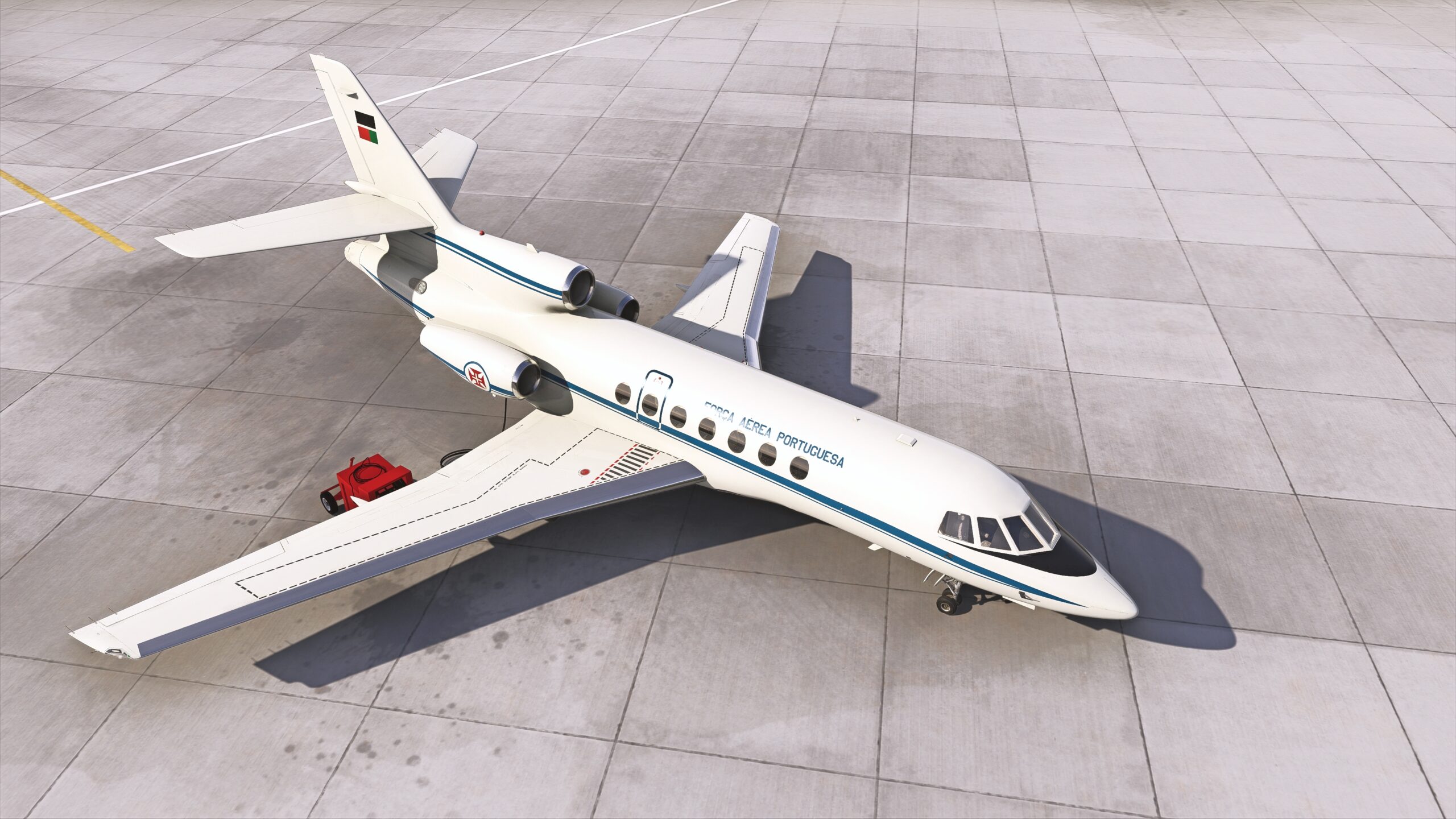Exactly one year after their previous update, Digital Flight Dynamics showcased the significant progress made on their A350 project for MSFS.
In a 30-minute video, Digital Flight Dynamics meticulously reviewed their progress since their last update video in 2022. The A350 is a vastly complex airplane with thousands of modern, cutting-edge systems; the aircraft has proven a challenge to accurately model for many development teams in the past. DFD plans to bring their A350 with a full suite of systems modeling, including data from real-world pilots and mechanics, for free to MSFS. Let’s go through the video here.
Digital Flight Dynamics’ A350 – Cockpit:




Being the area of the aircraft you spend the most time in, Digital Flight Dynamics has input a monumental effort to make the cockpit as accurate as possible. All flight controls have been fully modeled, reaching completion since their previous update. The side consoles have also been completed, including all the amenities pilots have grown familiar with. Moving to the rear of the cockpit, Digital Flight Dynamics has completed modeling the two jump seats, including the onboard maintenance terminal area and coat closet.


This is a significant step forward from the previous update video, and the cockpit is beginning to near a completed state. The team is now working on the overhead panel and the Heads-Up-Display. With further details being added to the rest of the cockpit, this project is shaping up to be another impressive display of free community-driven add-on development.





Digital Flight Dynamics’ A350 – Cabin:
While a short section of the video, the cabin is often times overlooked by developers for being a waste of performance. Admittedly, most pilots will spend their time in the cockpit rather than enjoying the over-wing view. However, a certain benefit to immersion is gained by properly modeling the cabin, even if it is a novelty.


Digital Flight Dynamics plans to model all four cabin seating types: economy, premium economy, business, and first-class. Currently, economy and business class seating is completed. With real-world data and CAD (Computer Aided Design) information provided by the manufacturers, the team has modeled these classes extremely well. They ensure that the cabin modeling should come at a minimal cost to performance and hope to have the last two cabin classes modeled shortly.
Digital Flight Dynamics’ A350 – Exterior:
The A350 is by no means an easy plane to model. Having spent some time around these on the ground, I can assure you that the level of engineering that has gone into this plane is extraordinarily underappreciated. I sympathize with the entire development team for undertaking such a difficult task. The curves and complex blending lines make this a truly one-of-a-kind 3d-modeling challenge.
Unfortunately, the showcase hides many details regarding the external modeling, the current state of which is hard to determine. However, due to the effort to deny us a close look at this stage, it is probably nowhere near completion. However, we still got a showcase of the newly redesigned nose, tail, and landing gear.

The nose is one of the trickiest areas to model accurately. Unlike anything else flying today, the A350’s nose is extremely complex and intricate. The team at Digital Flight Dynamics has done an excellent job of capturing the shape of the nose already, with the full redesign bringing it very close to reality. With the low lighting, it is tricky to make out details. However, it seems it is still missing many of the important instruments needed for the piloting of this aircraft. The famous A350 raccoon’s mask surrounds the cockpit windows, and I can confirm that the windows look exactly as they do in real life.



We move to the tail of the aircraft, first getting an angle from the ground, looking up to the cargo door. The hinges are modeled excellently, starkly contrasting the contours and smooth lines of the rest of the airframe as they do in real life. The cabin windows still need some work and are clearly nowhere near completion.
Following this, we move to a view of the tail of the aircraft. Still obscured by the low light are the horizontal and vertical stabilizers. While they maintain the right shape, I, unfortunately, can’t make out any details to confirm whether or not they are near completion. We get to see the APU exhaust in its full glory; however, I do not think this is complete, with the modeling still looking a little flat and the colors still not quite right.


Moving on to the engines and landing gears, the engine modeling is looking acceptable; I wouldn’t say it’s anything above the Asobo engine modeling of the Rolls-Royce Trent on the Boeing 787. However, I still think it looks very good. Engine modeling is tricky to do right, and this is a good start. We got a sneak peek of the main landing gear, which like the nose landing gear, is looking great. It is missing details, but it’s going in the right direction.
Digital Flight Dynamics’ A350 – ECAM, MFD, and OIS:

Lumping the last three showcases together, including the ECAM, MFD, and OIS demonstration, the first part of this section of the video goes into extreme detail. Showcasing the different pages of the ECAM, including all the system’s synoptic pages that are currently implemented. Most of the systems have yet to be developed; however, what was showcased is already reaching an impressive level of system visualization for a free add-on. The work being done on the ECAM is ongoing, and by the next update, hopefully, we’ll see some actual system simulation on top of the already excellent visualizations.




Moving on to the MFD, we get a showcase of the INIT page, as well as the INS-GNSS and the TIME page. The FMS itself is on hold at the moment as Digital Flight Dynamics is waiting for the FMS V2 release from FlyByWire to be used on this aircraft and their A380X. In the meantime, Digital Flight Dynamics is focusing on developing the many aspects of the MFD, most of which are not functional yet. This demonstration was to show off the MFD functionality more than the systems within it.
Lastly, Digital Flight Dynamics showcased the OIS (onboard information system) pilots use for performance calculations, charts, and more. The system is in its very early stages. However, Digital Flight Dynamics showcased the functionality of the take-off performance calculator. While most of the calculations have yet to be implemented, the functionality is similar to that of the Fenix A320.


That’s it for this progress update video. It seems that Digital Flight Dynamics is really taking their time with this project, working in the growing competitive market of free add-ons for MSFS with projects like the FBW A380X or Synaptic Simulations A220; their attention to detail should pay off in the long run. Stay tuned for more information on this exciting project and many more in the coming months!
Feel free to join our Discord server to share your feedback on the article, screenshots from your flights or just chat with the rest of the team and the community. Click here to join the server.










